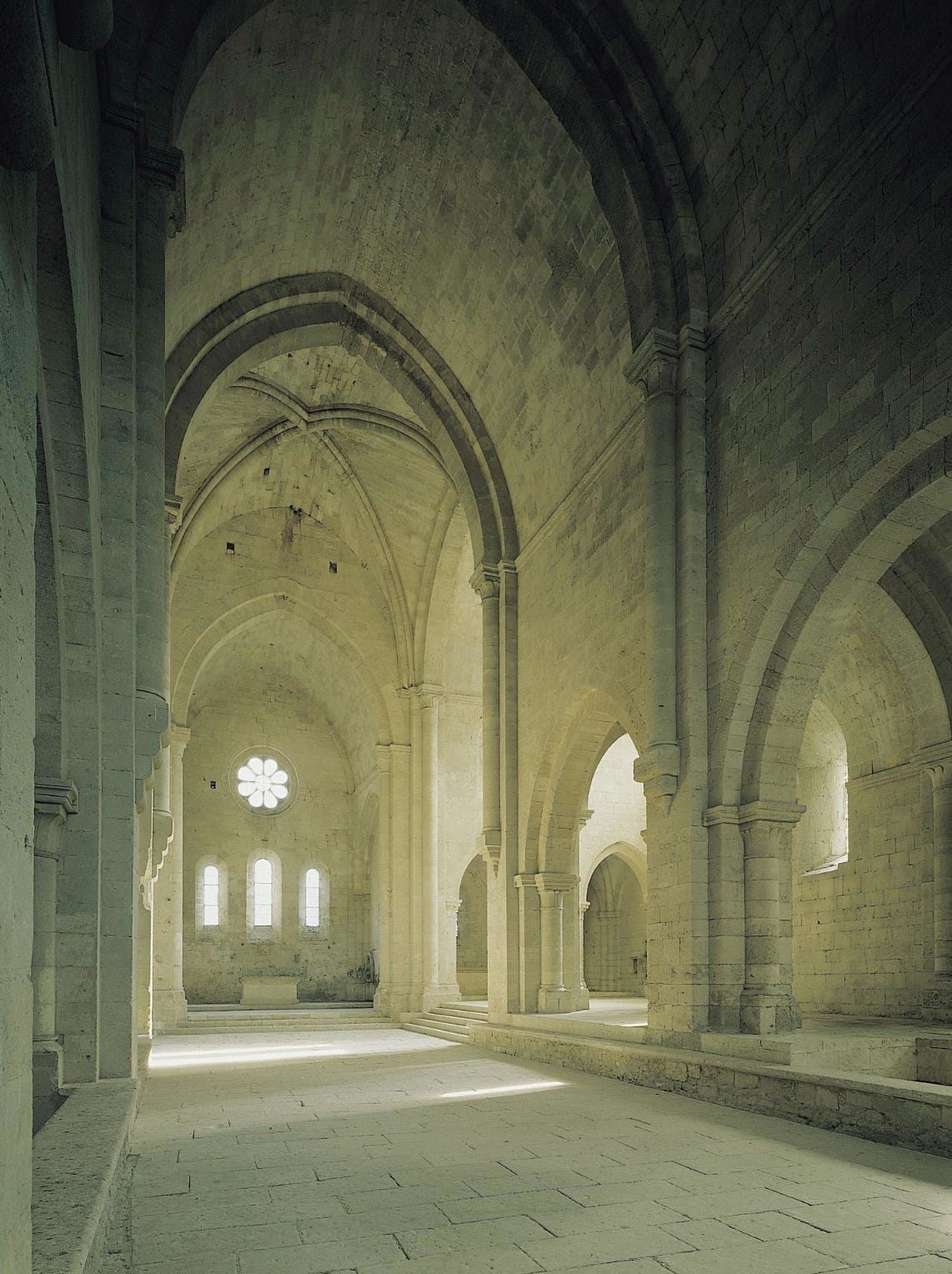Chapels, Churches, Open Spaces and How to Live in Them
A Non-Religious Take on Living in Spiritual Buildings
I’d love to live in a church or a chapel one day; this dream might just run in the family. Whilst not attached to any one religion, I remember my Dad always cherishing the idea. When I was little, with the help of my uncle, an architect, Dad designed our family home, loosely basing it on a narthex, a chancel and a nave1 (talk about eccentric!2). It’s a vision I’ve grown into, imagining living in an actual church or chapel as a beautiful existence. Think of the play of light cascading into the space, the walls soaked in deep, evocative smell of incense, the incredible heights and lightness of all the space above, the spectacular ceilings that are a characteristic of any place of worship, regardless of the spiritual or religious affiliation. The stained glass windows, stone floors... all design features I adore. It’s the most perfect space.

My idea of an idyllic holiday when I was 15 was to organise a road trip to see as many 11th-century churches in the south of France as possible.
Keep reading with a 7-day free trial
Subscribe to THE ART EDIT to keep reading this post and get 7 days of free access to the full post archives.

